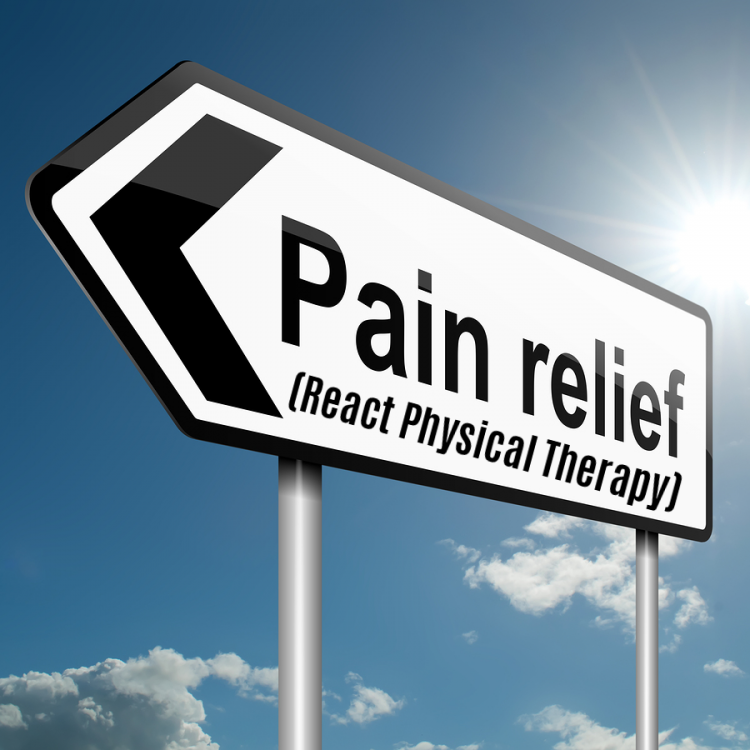NSAIDs, Tylenol, and Inflammation: Common Misunderstandings with Pain Relievers

When Tylenol was introduced, it was deemed a ‘wonder drug’ that could treat pain without causing the harsh side effects associated with prolonged use of Non-Steroidal Anti-Inflammatory Drugs (NSAIDs). Yet, most people may not even realize that NSAIDs and Tylenol are different classes of drugs. This common misconception may cause pain to remain untreated, reduce the long-term benefits, or lead to serious side effects.
NSAIDs, such as ibuprofen, aspirin, and naxopren are commonly used to treat mild to moderate pain. Confusion around these drugs may stem from the fact that there are so many brand names: Bayer, Advil, Aleve, Motrin, Ecotrin just to name a few. These drugs work by blocking the process of inflammation in the body. Inflammation causes nerves to be compressed, become more sensitive to stimulation, and may even change the behavior of nerves in the body. Blocking this process may provide some relief from common aches and pains. However, these medications can counteract common prescription medications. Most importantly, using these drugs for a long time can cause stomach ulcers to develop.
Tylenol is the most common brand name for acetaminophen. This drug works to block pain signals, but does not reduce inflammation. Many people report that they take Tylenol for inflammatory pain, with little effect. This drug also requires very responsible consumption, as overdosing can lead to serious medical complications.
Many times, these medications stop working all together. A common misconception in everyday aches and pains is that the cause must be inflammation. However, a lack of blood and oxygen may be the culprit. This process, known as ischemia, is the result of a lack of proper blood flow to and from a muscle, nerve, or joint. To treat this pain, movement is the key.
Chronic ischemia can cause soft tissue to become tight, tense, or cramped. Movement, such as in exercise, increases the bloodflow to these thirsty tissues. Moving these tissues causes them to function like a pump, creating a vacuum to pull the fluids they need for healing towards them. It also causes the tissues to produce chemical signals to attract oxygen to restore their chemical balance.
Treating the source of your pain can help you to alleviate everyday aches and pains. If you are unsure about your medication, consult your physician with any concerns. If you want to gain a deeper understanding of the cause of your pain, see a physical therapist. PTs can help you identify tissues that may be ischemic, tight, cramped, or out of balance. Restoring the balance of these muscles can provide drastic benefits, with none of the side effects.